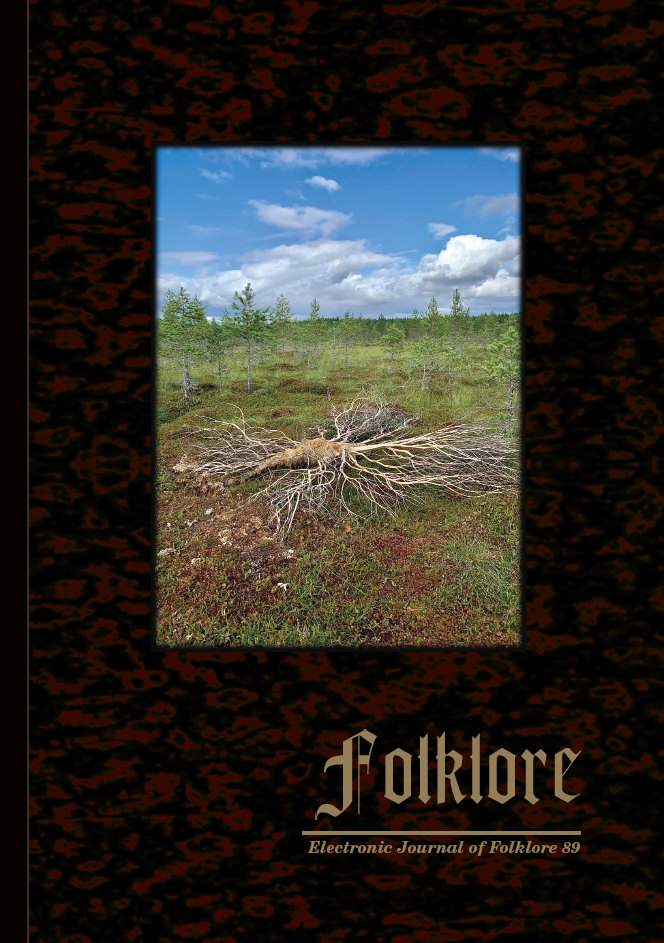Multi-Use of Cranberries (Vaccinium Spp.): Heritage and Pharmaceutical Results
Multi-Use of Cranberries (Vaccinium Spp.): Heritage and Pharmaceutical Results
Author(s): Ain Raal, Mare Kõiva, Andres Kuperjanov, Kristel Vilbaste, Inna Vlasova, Oleh KoshovyiSubject(s): Customs / Folklore, Cultural Anthropology / Ethnology, Culture and social structure
Published by: Eesti Kirjandusmuuseum
Keywords: cranberry; ethnobotany; ethnomedicine; pharmacology; phytochemical research; plant names; Vaccinium oxycoccus; Vaccinium macrocarpon;
Summary/Abstract: The European cranberry (Vaccinium oxycoccus L., syn. Oxycoccus palustris Pers.) has a wide geographical distribution in natural bogs of Europe, Asia, and North America. The American cranberry (Vaccinium macrocarpon Aiton, syn. Oxycoccus macrocarpos (Aiton) Pursh) is more easily cultivated in the northern regions of the world and is therefore an available source of bioactive compounds. They are both rich in polyphenolic compounds (i.e., flavonoids, anthocyanins, and phenolic acids), which have significant antioxidant and anti-immflamatory properties. The cranberry fruits and their preparations represent important natural preservatives used against bacterial and fungal pathogens. Heritage related to its usage refers to the cranberry as a food plant and multiuse ethnomedical remedy. The results of the modern phytochemical and pharmaceutical research suggest using cranberry against urinary tract infections and as a preventive or curing plant against many other diseases. Today there are many new opportunities to draw attention to this plant, including cranberry tourism. In food and pharmaceutical industry the fruits are used most often, but leaves are also rich in biologically active substances, which can be sources for creating new medicines.
Journal: Folklore: Electronic Journal of Folklore
- Issue Year: 2023
- Issue No: 89
- Page Range: 107-142
- Page Count: 36
- Language: English

